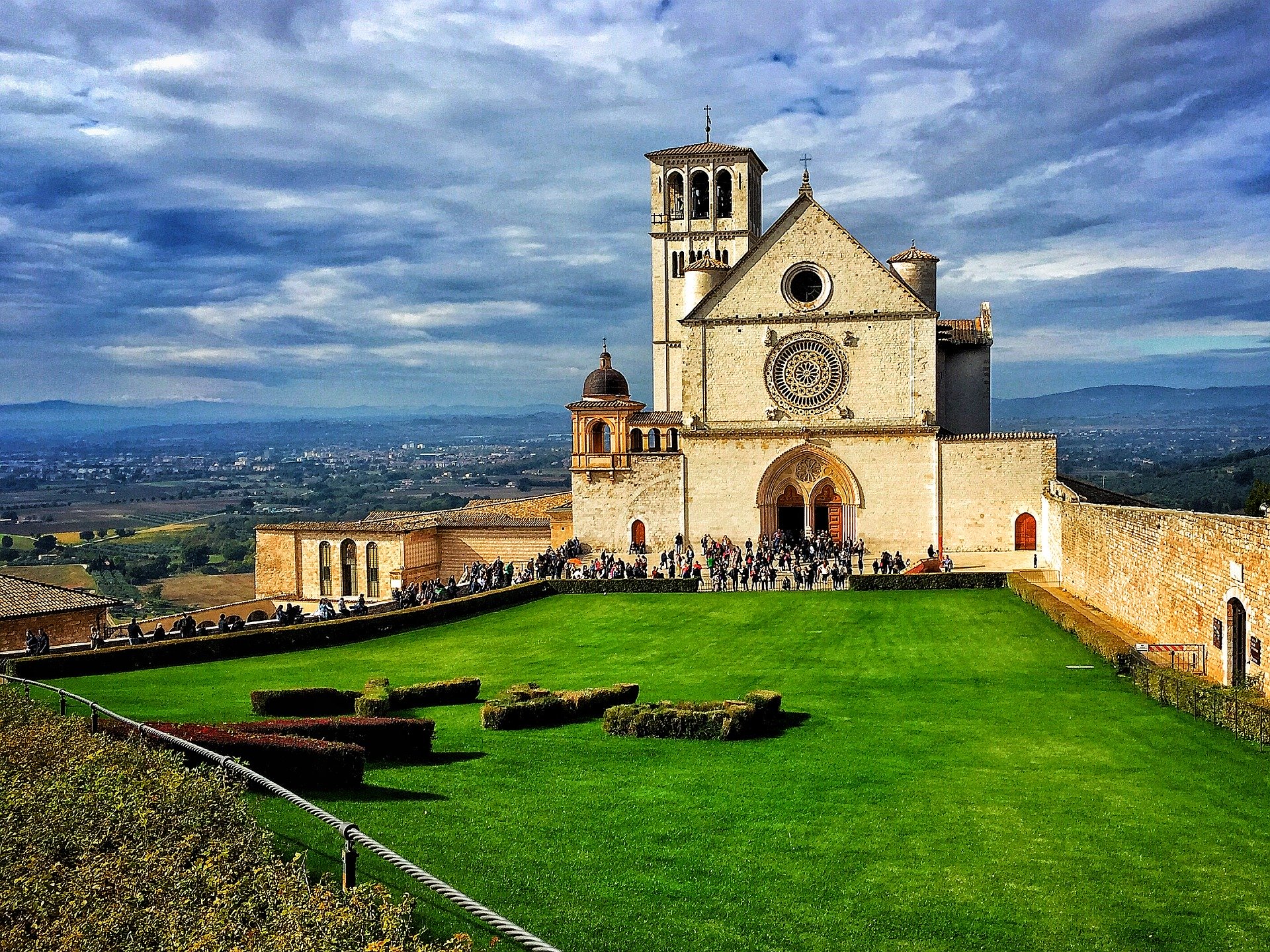Description
Lake Trasimeno, the fourth largest lake in Italy, is close to the western border of Tuscany and the Cascata delle Marmore (Marmore Waterfall) is near Terni in the south. This waterfall was built by the ancient Romans over 2,000 years ago and, with its 165m drop, remains the tallest man-made waterfall in Europe. Discover caves, lakes and forest trails in the lush vegetation of the surrounding park where a wide range of activities like water sports, biking and trekking are available for your enjoyment. Aside from its natural beauty, Umbria is known for its concentration of beautifully quaint, hilltop towns and cities of significant historical, religious and artistic importance and they are all within a day trip from Florence.
Perugia is the capital city of the region and exhibits remnants of Etruscan, medieval, Gothic and 18th century art and architecture, as well as hosting its famous Jazz Festival in July and Eurochocolate, a 9 day open-air celebration of chocolate that takes place in the streets and piazzas of the historical center, in October.
Assisi, birthplace and burial site of Saint Francis, founder of the Franciscan Order, houses famous frescos by the renowned Renaissance artists Giotto and Cimabue in the magnificent Basilica di San Francesco at the lower end of town and, a picturesque walk up the cobblestoned streets to the top end, will bring you to the Basilica di Santa Clara which is dedicated to St. Clare. In early May, Assisi celebrates Calendimaggio, a public festival where the streets are crowded with residents dressed in colourful, medieval costumes and processions, dramas, dances and shows are performed for 3 days in the city center.
Gubbio, although somewhat off the beaten track, is another medieval town well worth a visit. Roman ruins, the Basilica di Sant’Ubaldo, an archaeological museum and 2 medieval festivals in May [La Corsa dei Ceri (the candle race), and Il Palio della Balestra, (the crossbow contest)] attract visitors from all over the world throughout the year.
Spoleto (host of the annual opera and dei Due Mondi music Festival in June/July), Orvieto, Norcia, Spello, Bevagna, Foligno, Montefalco are other well known destinations in Umbria, each with its own charming characteristics, attractions, history and yearly celebrations or festivals.













